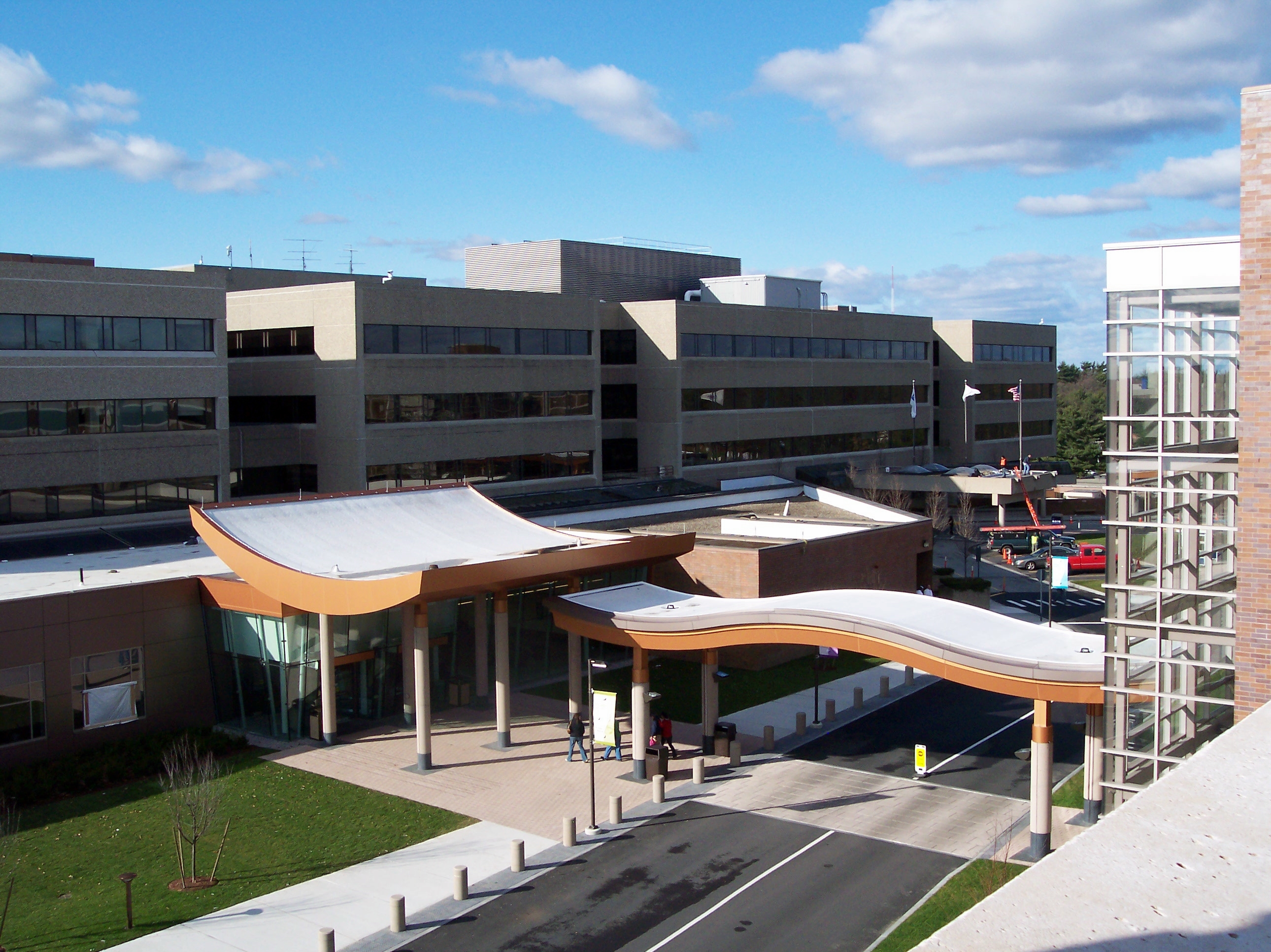Our last post was about the Lahey Clinical Research Preceptorship from the perspective of someone who recently completed both the preceptorship and the Postbac Premed Program. Another former preceptor and postbac alum, Dan Earley, who has just begun medical school, talks about turning the preceptorship into a fulltime glide-year job:
As I start my first weeks of medical school, it’s a good opportunity to reflect on the last few years that got me here. Late in my senior year of college I started thinking about a career in medicine but as a Classics major with only a few science classes, I knew I had a long way to go. I spent the first 6 months after college reflecting if this was the path I wanted to take, and researching ways to achieve my goals. After getting into the Tufts Postbaccaulaureate program I started classes in January following my graduation.
During the 18 months of my postbac studies at Tufts I had the opportunity to take part in the Preceptorship program at Lahey Hospital and Medical Center. While my classes gave me the knowledge base I needed to start medical school, at Lahey I worked on a retrospective chart review comparing rates of glaucoma among patients with herpetic eye diseases.
Before starting the research project, I shadowed an ophthalmologist in clinic and in the operating room to learn about the different kinds of patients seen in that department. While I learned much from doing the project and eventually traveling to present our findings as a poster at a conference, the greatest experiences I had at Lahey came as I was finishing up my classes at Tufts.
I was offered a full time position at Lahey in the Ophthalmology Department, working as a medical scribe. I would be in the room typing the doctors’ notes as they examined patients. While this freed the physicians from being tied to the computers (a fact that patients appreciated), the nature of the job also meant that I learned first-hand about patient-doctor interactions.
I was also in the room for minor procedures. Many times this meant managing equipment and specimens if the doctor was keeping a sterile field, but it also could mean figurative and literal hand holding (any procedure near a patient’s eye can be stressful).
Some workdays were definitely crazy. A single emergency could easily put us behind the eight ball. I had heard statistics of long wait times in doctors’ waiting rooms. Now I have a better understanding of what happens to cause this.
Patients with retinal detachments and infections threatening the whole eye have to be seen. Emergencies can be disruptive to clinic flow, but taking care of those emergencies is a crucial part of the job. As the year went on I got better at talking to patients and explaining delays.
But by far patients were the best at keeping other patients calm. Several times I would overhear patients whom we saw regularly calm down anxious or frustrated patients in the waiting areas. Patients who had previously had an emergency, or patients who had been seeing this doctor for years would say “trust me, s/he is worth it.” Those comments were manifestations of the good relationship the doctors had built with those patients.
After treating two retinal detachments late on a Friday afternoon, the doctor I was working with turned to me and said, “Dan, we did good today.” I knew he didn’t just mean we had done a good job; he meant that our jobs made a positive impact in others’ lives. I have spent the last 3 years going from a Classics major to 1st year medical student, and moments like that one confirm I’m on the right path.

Leave a Reply